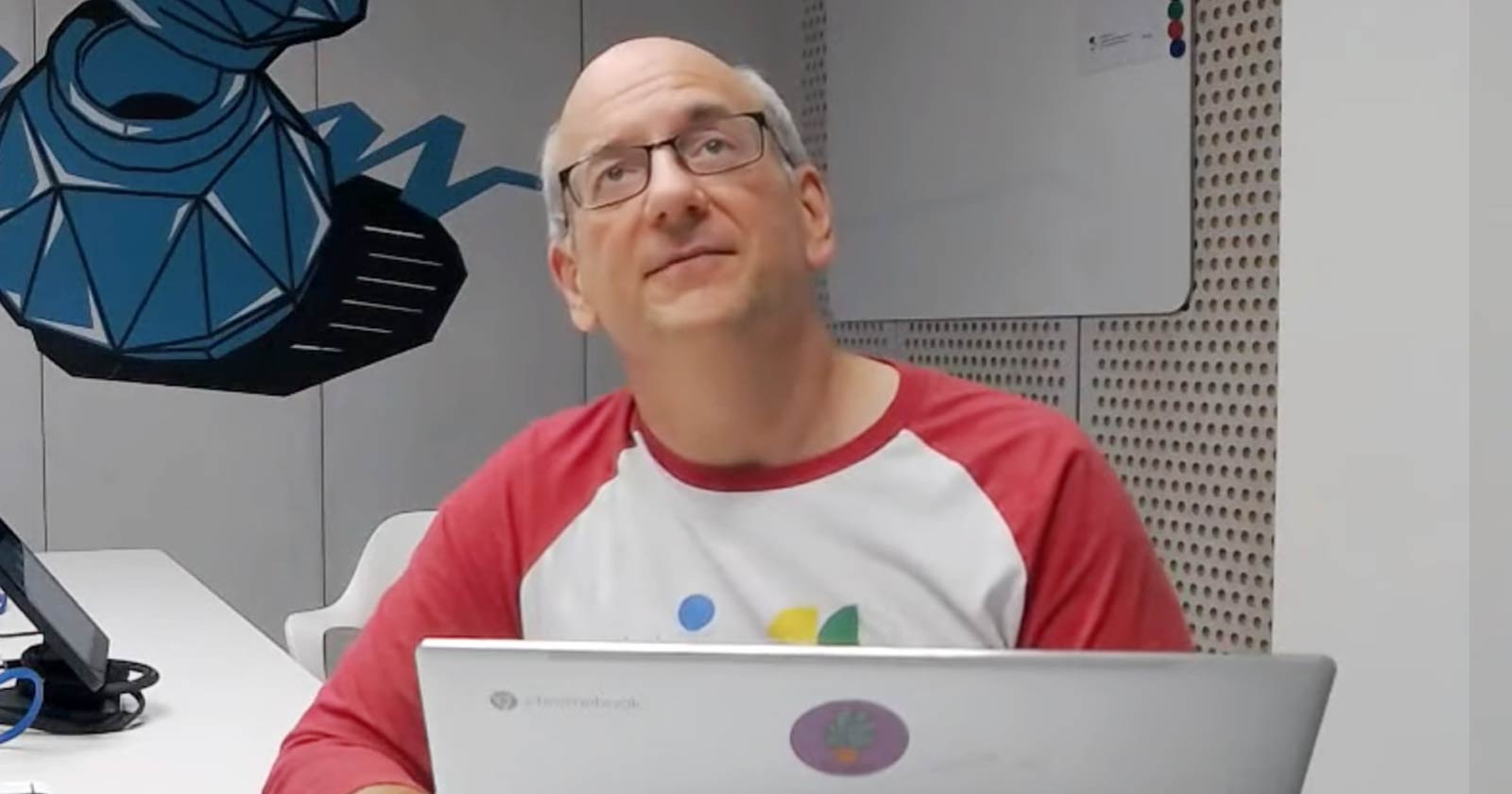SEO
Any Risk In Deleting A Disavow File?

Google’s John Mueller answered whether it’s okay to delete a disavow file since Google is so good at not counting the average junk links that sites acquire typically, through no fault or effort on the part of the website publisher.
Mueller mentioned an interesting quality about these links that sets them apart from links that might cause a negative result, like a manual action.
A minor quibble, the person asking the question claimed to have disavowed links for 15 years, but the disavow tool has only existed for 10 years.
Disavow Tool
The disavow tool was introduced in 2012 by Google in response to the overwhelming demand of the SEO community, who wanted an easier way to deal with the thousands of sites suffering from the Penguin algorithm.
Google introduced the Penguin algorithm to deal with the vast amount of manipulative links, particularly paid links, that businesses used to influence the search results in their favor.
The disavow tool provided SEOs an easy way to deal with links they couldn’t remove.
Google only intended the tool for dealing with manual actions.
The Google 2012 disavow tool announcement advised:
“If you’ve been notified of a manual spam action based on “unnatural links” pointing to your site, this tool can help you address the issue.
If you haven’t gotten this notification, this tool generally isn’t something you need to worry about.”
Toxic Links
What tends to happen nowadays is that a publisher who is unable to objectively review their content as anything other than perfectly fine and better than their competitors looks around for a scapegoat for their poor rankings. The finger ends up pointing toward the so-called toxic links.
Many people regard toxic links as random links that spammers generate to regular sites.
Should An Honest Site Delete Its Disavow File?
The person asking the question wants to know if it’s okay to delete a disavow to address spammy links when they haven’t received a manual action.
They asked:
“Over the last 15 years, I’ve disavowed over 11,000 links in total.
I never bought a link or did anything unallowed, like sharing.
The links that I disavowed may have been from hacked sites or from nonsense, auto-generated content.
Since Google now claims that they have better tools to not factor these types of hacked or spammy links into their algorithms, should I just delete my disavow file?
Is there any risk or upside or downside to just deleting it?”
Random Links Different From Manipulative Links
Mueller’s answer focused on assuring the person that Google can distinguish between accidental and manipulative links.
What stands out in his answer is how he highlights that random spammy links don’t resemble the kinds of links used to manipulate search engines.
Mueller answered:
“So this is a good question, it comes up every now and then.
And disavowing links is always kind of one of those tricky topics because it feels like Google is probably not telling you the full information.
But from our point of view, it’s actually like, we do work really hard to avoid taking these kinds of links into account.
And we do that because we know that the disavow links tool is somewhat a niche tool.
…SEOs know about it, but the average person who runs a website has no idea about it.
And all of those links that you mentioned there are kind of links that any websites gets over the years.
And our systems understand that these are not things that you’re trying to do to kind of like game our algorithms.”
That’s a good answer for people trying to wrap their minds around how Google can tell the difference between random spammy links and links that can lead to a ranking penalty.
Manipulative links look different from random spammy links. No legitimate website buys ten thousand links spam links to rank better.
So it’s an easy call to make to ignore those kinds of links because according to Mueller:
“…our systems understand that these are not things that you’re trying to do to kind of like game our algorithms.”
It’s Okay to Delete the Disavow File
Mueller continued his answer, using the word “crufty” in reference to the random links.
Cruft is a word from the programming world that means something extra or junk.
Mueller wrapped up his answer:
“So from that point of view, if you’re really sure that there’s nothing around like a manual action that you had to resolve with regards to these links, I would just delete the disavow file and move on with life and kind of leave all of that aside.
One thing I would personally do is just download it and make a copy so that you have kind of a record of what you deleted.
But otherwise, if you’re sure these are just kind of the normal crufty things from the Internet, I would just delete it and move on.
There’s much more to spend your time on when it comes to websites than just disavowing these random things that happen to any website on the web.”
Trust Google Enough to Delete the Disavow?
The main things to consider are:
- The disavow tool was created to make it easier for SEOs to deal with manipulative links
- It’s normal for sites to acquire random links from hacked sites, etc.
- Google’s systems “understand” that random links are not manipulative.
According to Mueller, it’s okay to stop disavowing random links and to delete the disavow list if it wasn’t done to deal with manipulative links, especially ones that caused a manual action penalty.
Citation
Watch Mueller answer the question at the 10:20 minute mark
When It’s Okay to Delete a Disavow File
Featured Image: Screenshot from YouTube.com/GoogleSearchCentral, July 2022.


















You must be logged in to post a comment Login